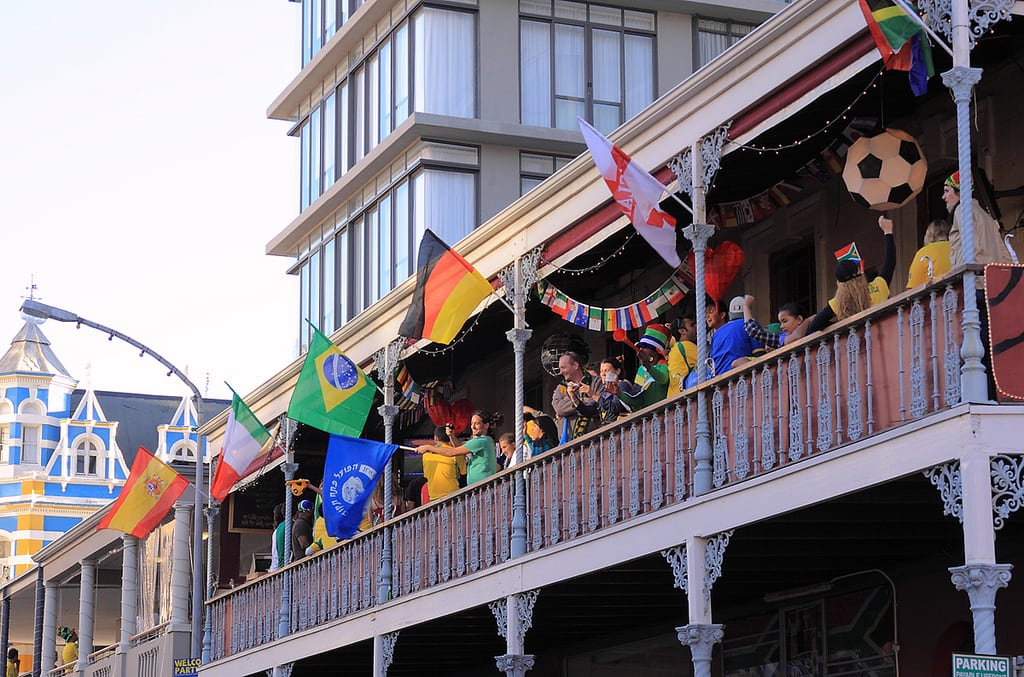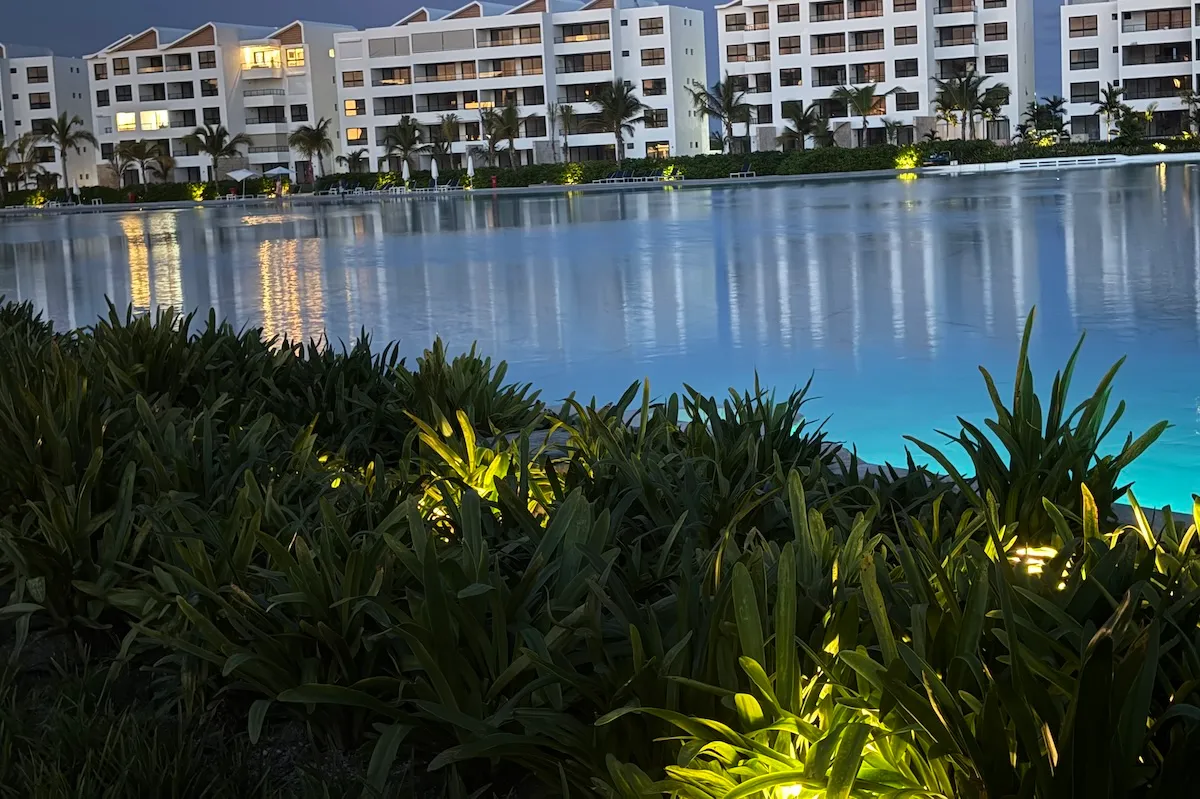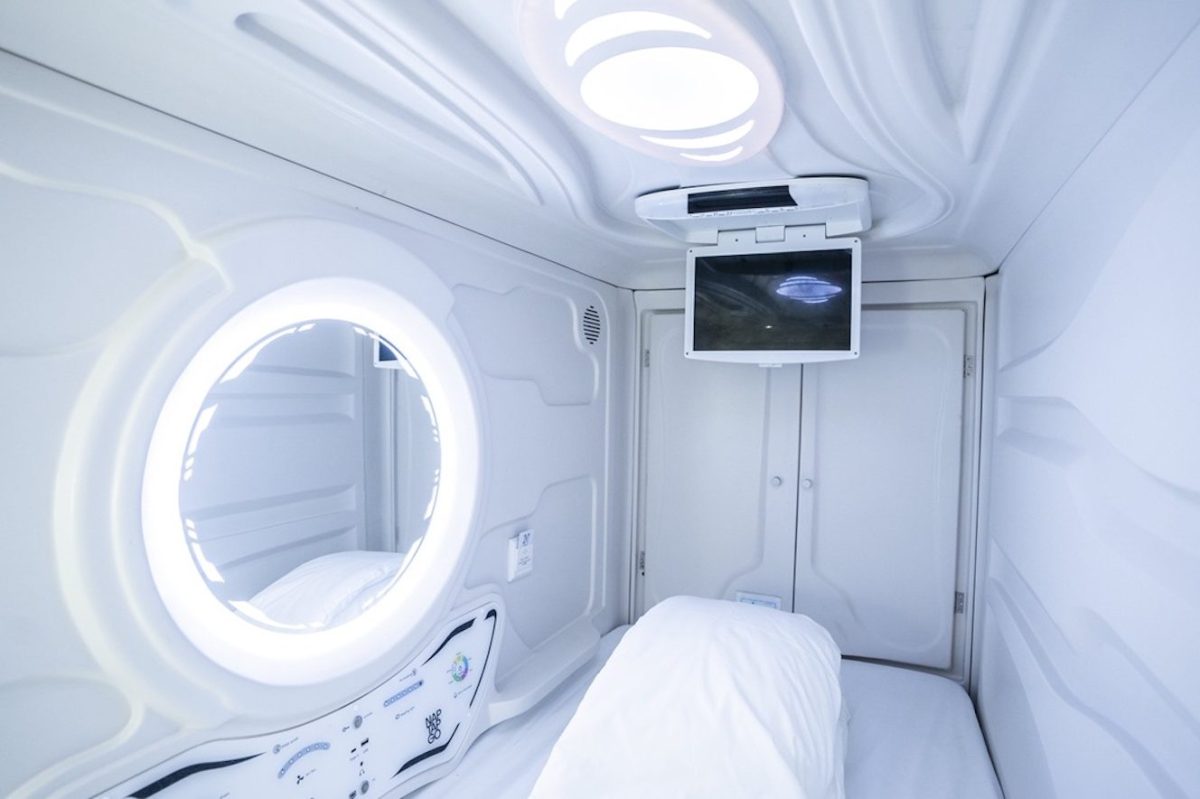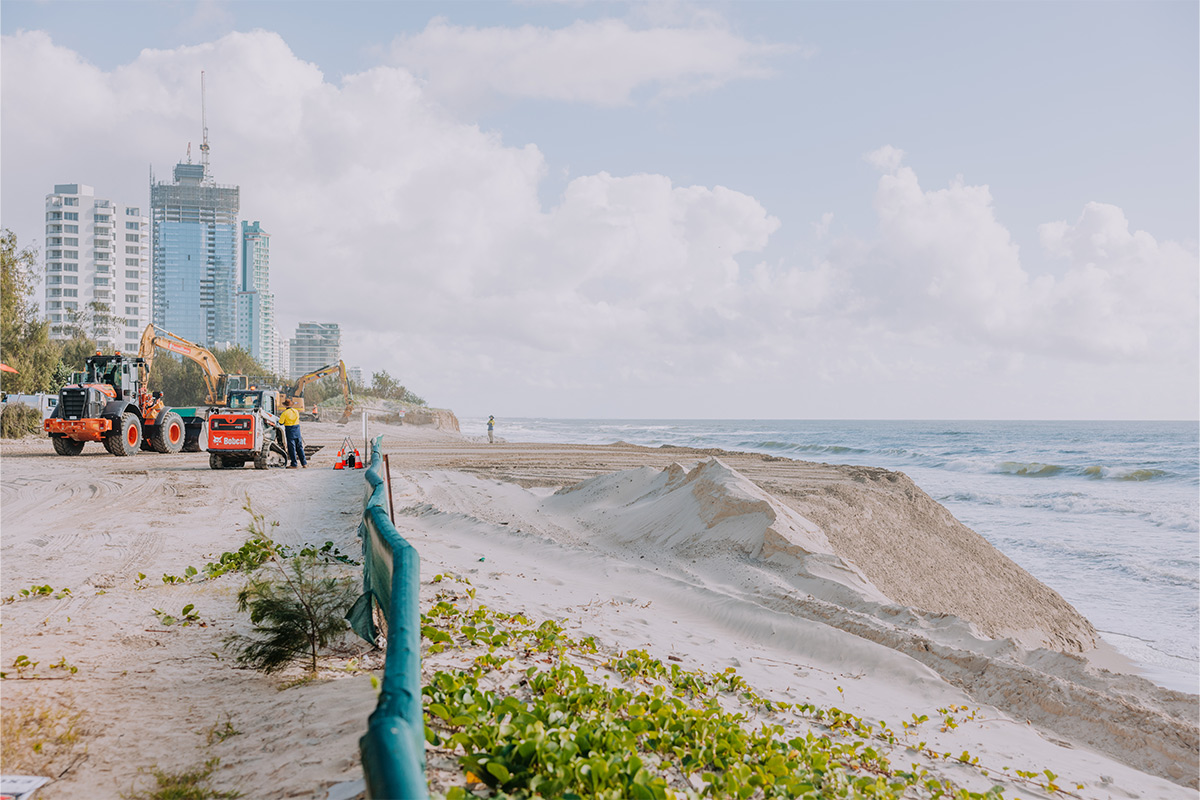The Best and Worst African Countries at Tourism Branding

Skift Take
African has recently been lauded as the next Asia, the next region in which tourism and hospitality companies will sprout up to cater to a growing number of inbound visitors that bring an economic boost alongside unintended environmental and geopolitical effects.
One of the first steps to getting there; however, begins with image: The brands that African countries build and how potential visitors approach them.
Only a handful of African countries; however, are effectively building a branding strategy and reaping the rewards of those efforts.
This is according to Bloom Consulting, a Madrid-based consulting firm specializing in country branding, which each year ranks 193 countries on the economic performance of their tourism industries and how well they’ve developed their brand strategies each year.
The methodology factors in hard and soft data in an effort to show the correlation between tourism receipts and effective branding.
Rankings are based on (1) economic performance measured in tourism receipts over the past five years; (2) total online search volume for tourism-related activities and attractions within each country; (3) how accurately a country's brand strategy reflects what the country has to offer to tourists; and (4) digital content and social media performance.
South African claimed the number one spot from Egypt this year for obvious reasons while Egypt, surprisingly, remained at the number two spot.
The report cites the country's political instability, a decrease in tourism receipts, weak branding strategy, and negative online presence for its fall from the number one spot. Those myriad of factors seem fitting for a much larger fall.
Kenya, Tanzania, and Morocco consistently remain among the top branded countries given a steady base of wealthy safari and nature tourists that keep tourism receipts high and branding clear.
Zimbabwe and Sudan jumped five and six positions, respectively, given significant growth in their tourism receipts. On the other hand, Mauritius and Botswana experienced drastic drops in tourism receipts amid increased competition from their neighbors.
Several destinations showed an increase in brand acumen. Ethiopia, Namibia, Zimbabwe, and Seychelles have benefitted from growing reputations as "trendy new tourist destinations;" however, all of countries' advances were considered stagnant in comparison.
Their growth overshadows the relative stagnant advances of other African countries considered in the report and Bloom's forecast for the coming year remains dim.
"Bloom Consulting forecasts that a stagnancy and a reduction in positions
for the rest of the African Nations will occour in the next edition of the Country
Brand ranking as lower numbers of Europeans will travel due to economic
limitations, security issues and the Ebola crisis," the report reads.
The ranking of the twelve top country brands are below alongside their CBS rating, which Bloom designates based on the accuracy and effectiveness of each country's brand strategy.
| Ranking | Country | Change (Year-Over-Year) | CBS Rating |
|---|---|---|---|
| 1 | South Africa | 1 | AA |
| 2 | Egypt | -1 | BB |
| 3 | Morocco | -- | A |
| 4 | Kenya | -- | AA |
| 5 | Tanzania | 1 | A |
| 6 | Mauritius | -1 | A |
| 7 | Tunisia | -- | CCC |
| 8 | Uganda | -- | BB |
| 9 | Ethiopia | 1 | BBB |
| 10 | Namibia | 1 | BBB |
| 11 | Ghana | -2 | B |
| 12 | Reunion | -- | BBB |
The full report can be found below:
[gview file="http://bloom-consulting.com/pdf/rankings/Bloom_Consulting_Country_Brand_Ranking_Tourism.pdf"]




